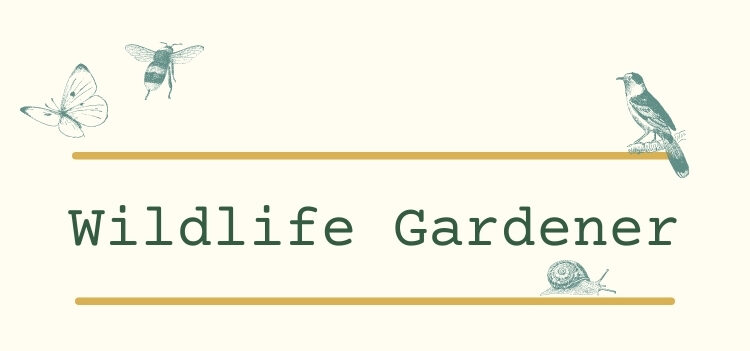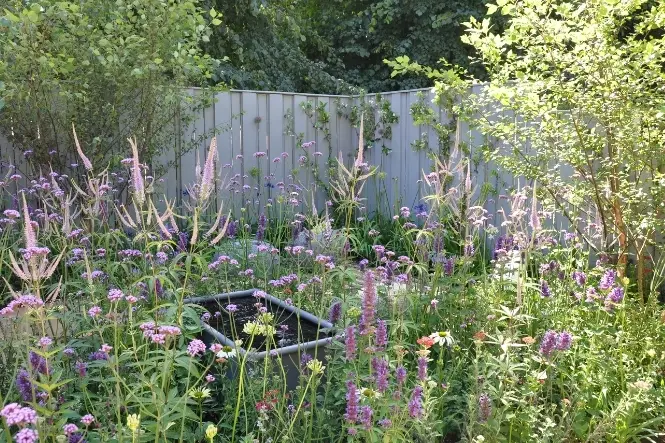Wildlife gardening has never been more popular and with so many species of British plants and animals finding their natural habitats increasingly threatened, this burgeoning interest in back garden nature reserves couldn’t be more welcome.
A proper wildlife garden, however, calls for a little bit more than just letting a swathe of ground go wild and thinking the design through at the outset can save a whole load of problems later.
Here are some of the most commonly asked questions about wildlife garden design to help you when you’re thinking about creating yours.
Do Wildlife Gardens Have To Look Uncared For?
An abandoned and forgotten patch of weeds certainly isn’t a wildlife garden! It’s perfectly possible to have a wildlife corner in the most otherwise structured of landscape designs – or even have a full-blown wildlife garden that’s laid out very formally. Native plants and animals don’t really mind what their habitat looks like in the sense humans do – so if your garden has the right features to attract wildlife, you don’t have to live with an eyesore.
Where’s The Best Location?
Different plants and animals naturally enjoy a range of habitats, so unless you’re trying to attract any group in particular, wherever you locate your wildlife refuge, something is likely to be grateful for a new home. That said, as a general rule, it’s always a good idea to pick a site which is fairly undisturbed, so whatever does settle there isn’t constantly bothered by people endlessly coming and going.
My Garden’s Very Small; Can I Still Do Anything?
Certainly; however small your patch, you can do something, although obviously you may have to be a bit more inventive. Even a tub or a window box can attract a few insects and almost any wall can house a nesting box.
We’ve Got Small Kids – Do We Have To Have A Pond ?
No, a pond isn’t necessary, though obviously when your youngsters are bigger, it would be a great addition to make. In the meantime you might want to think about a shallow bird bath located where they can’t get at it, or possibly a bog garden to provide a habitat for some moisture-loving wildlife, if you think you can safely accommodate one.
I Don’t Have A Lot Of Time – Can It Be Designed For Low Maintenance?
While a wildlife garden should not be seen as an excuse to do absolutely nothing in the way of maintenance, leaving the grass uncut for a week or two at a time and not constantly tinkering and weeding will help create a peaceful home for wild creatures.
I Love Birds – How Can I Encourage Them?
Like us, birds need three things above all else – food, water and shelter. Provide these – especially when times are hard – and you should have no problem in getting our feathered friends to visit. If you choose plants that have a good crop of seeds or fruits, plan to put up a few different kinds of bird box and make even a small dish of water available to them, the birds will soon come.
Are Bee Logs and Bug Houses Really Worth It ?
Bees are having a rough time of it at the moment, so any help you can give them is really worthwhile. The colour supplements and garden catalogues are full of bee hotels and the like – and if you possibly can add one into the overall plan, do. They’ll more than repay you when it comes to pollination time. The same thing goes for those specialist homes for lacewings and ladybirds – you’ll never get a better free pest control service than these long-standing gardeners’ friends, so try to give them somewhere to live too.
What About The Planting Scheme?
Wildflowers are an obvious choice, but they can sometimes take a few seasons to get established, so it’s worth adding a few normal garden varieties of nectar-rich plants to encourage insects until they do. Hedging such as hawthorn and hazel are also good choices to include in the planting design. Not only are they a good source of food, but they also make roosting and nesting places for a number of different kinds of birds. Depending on how big a garden you have, one or two trees are also well worth considering. Our native Rowan or Mountain Ash is ideal, but dwarf or patio fruit trees such as apple or pear can be just as effective at attracting wildlife if space is really limited.
Every garden, no matter how small, can accommodate some wildlife-friendly features and if getting a little closer to nature appeals, there are few better ways to do it than by creating your own wildlife garden and then sitting back to enjoy the results.

